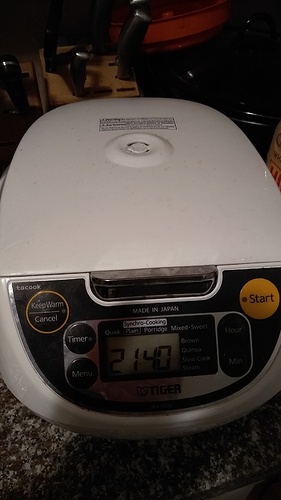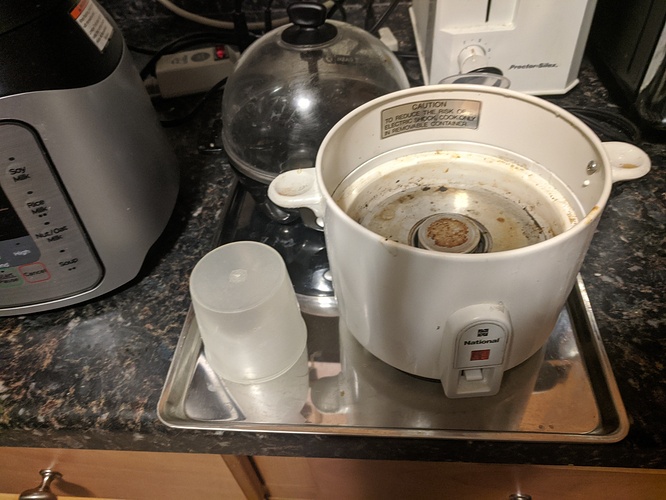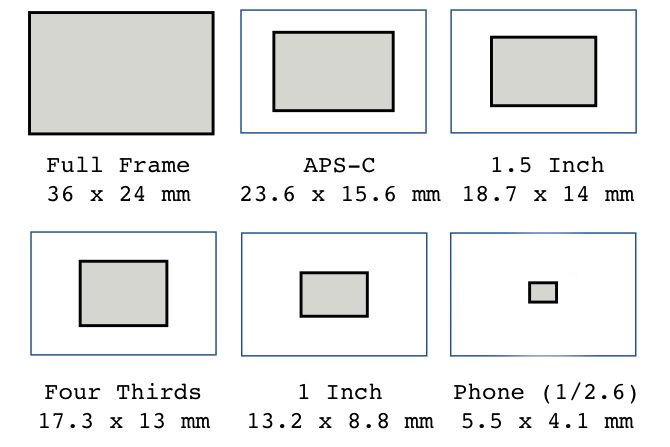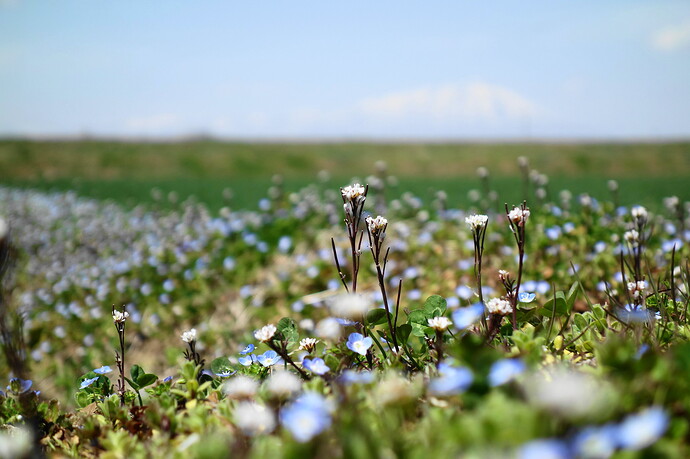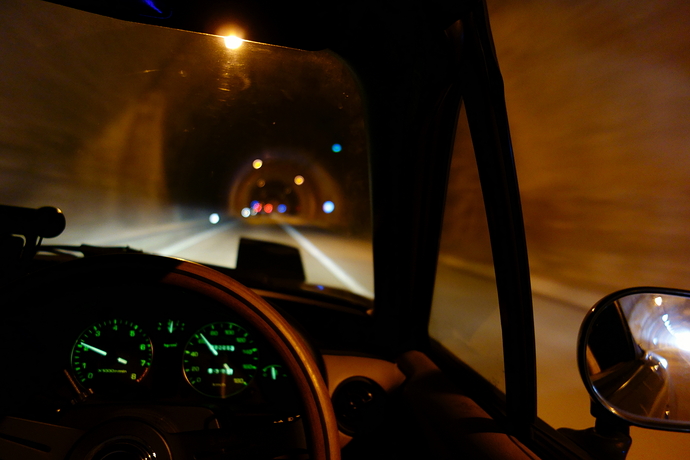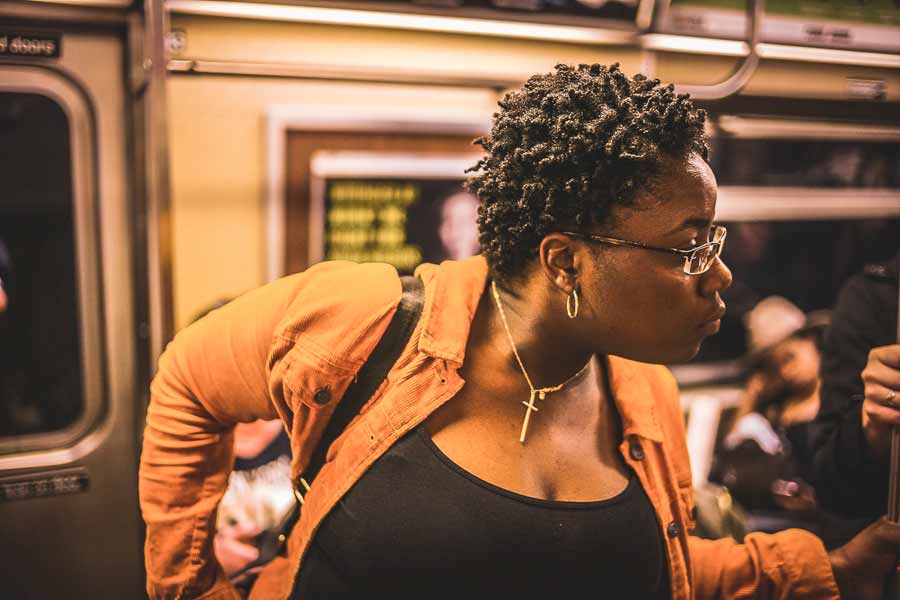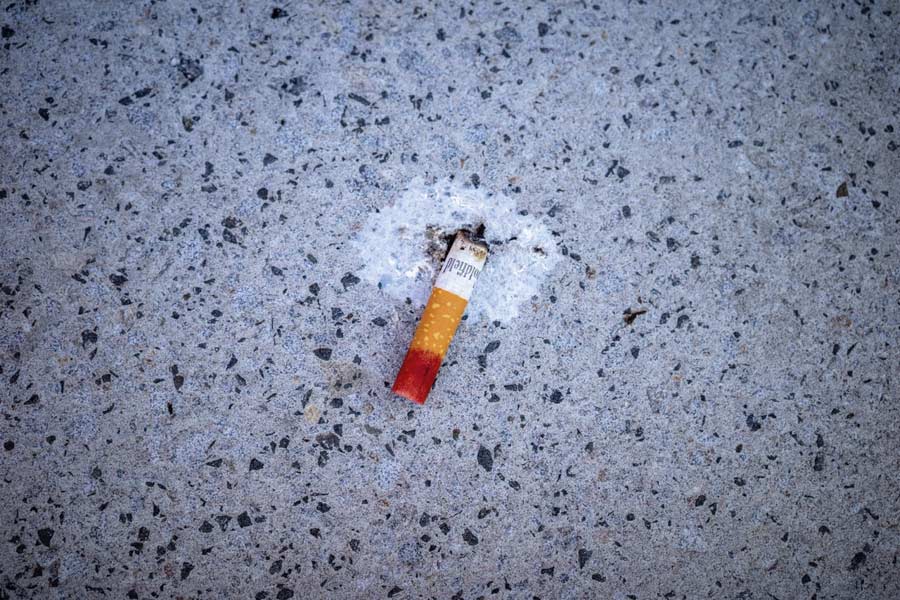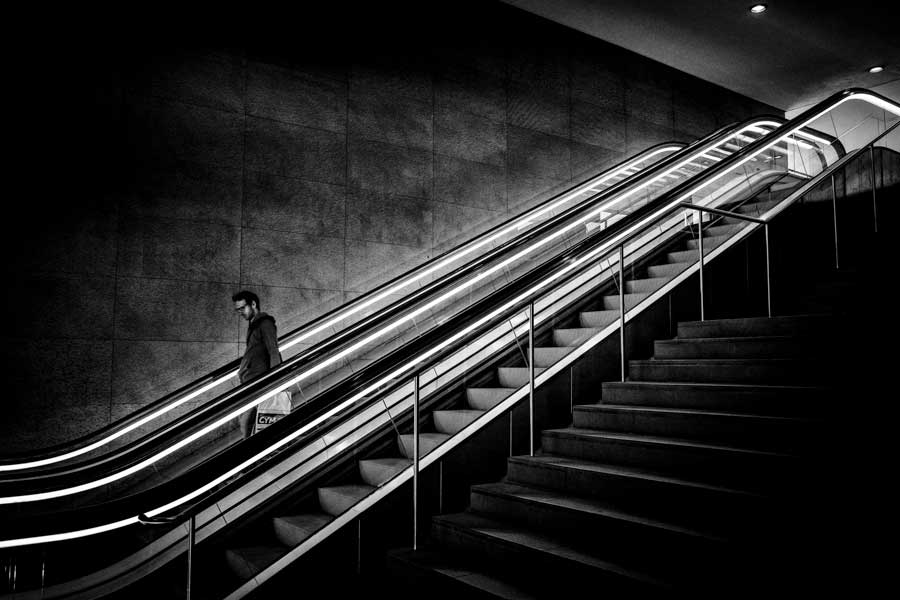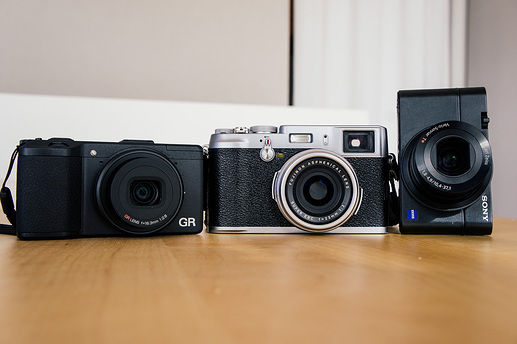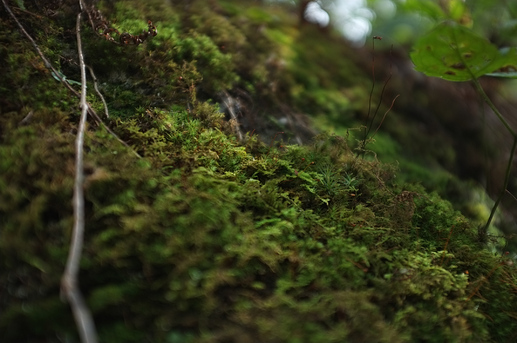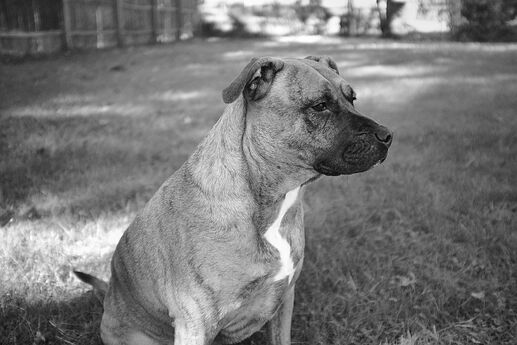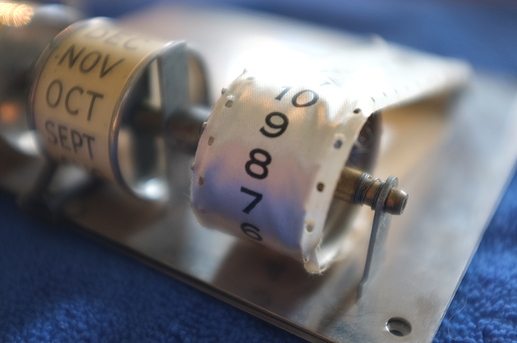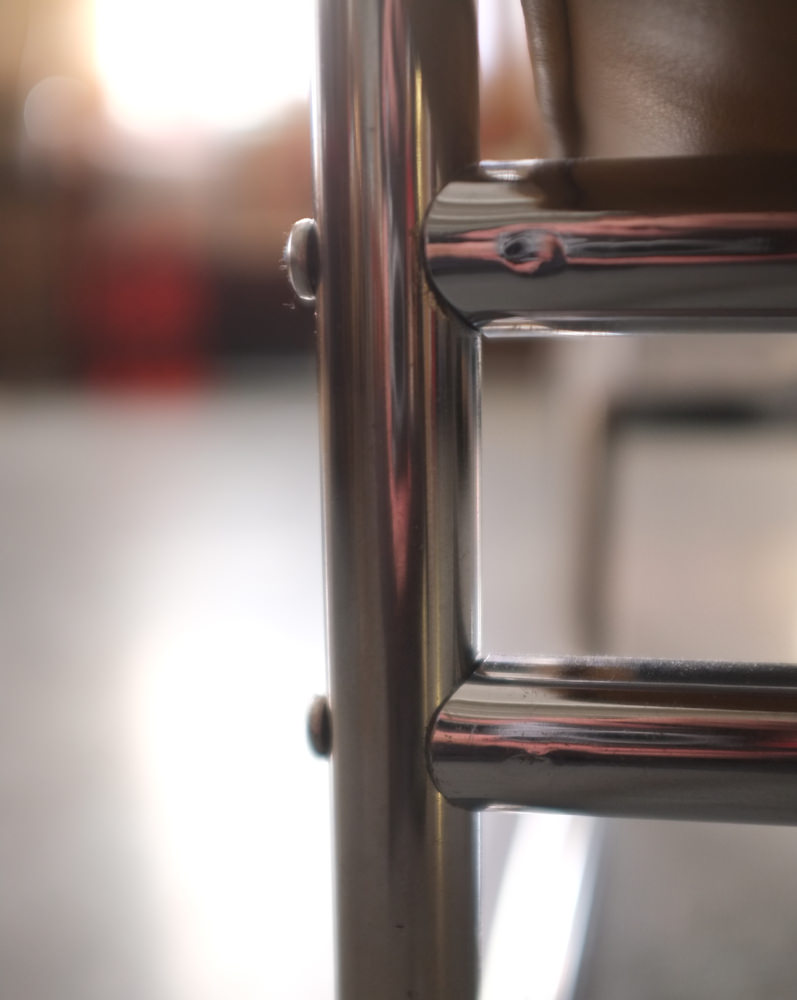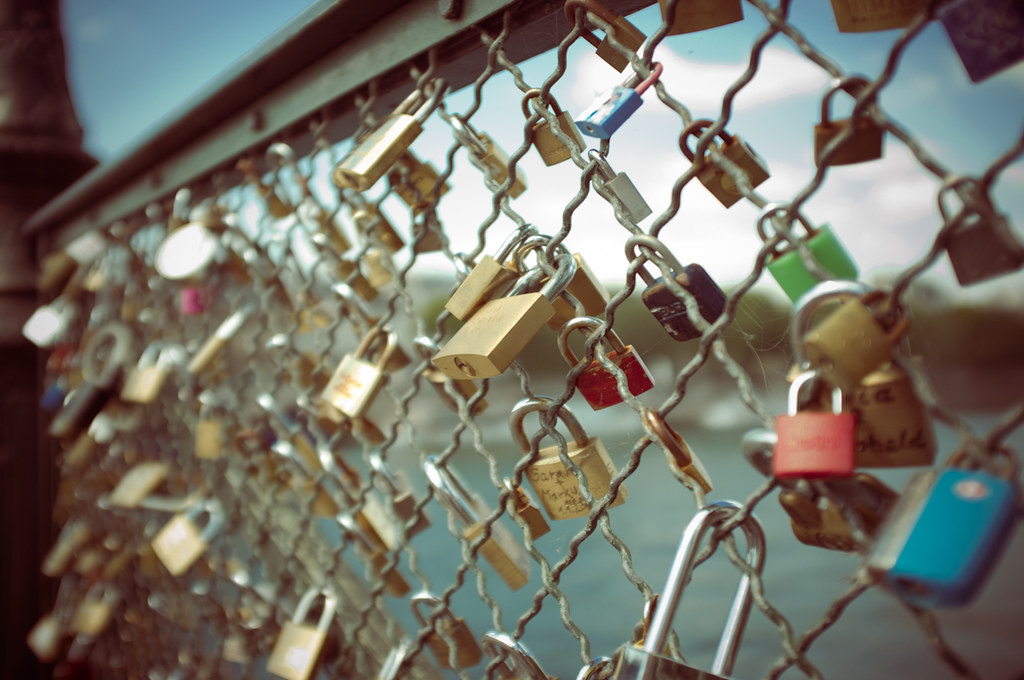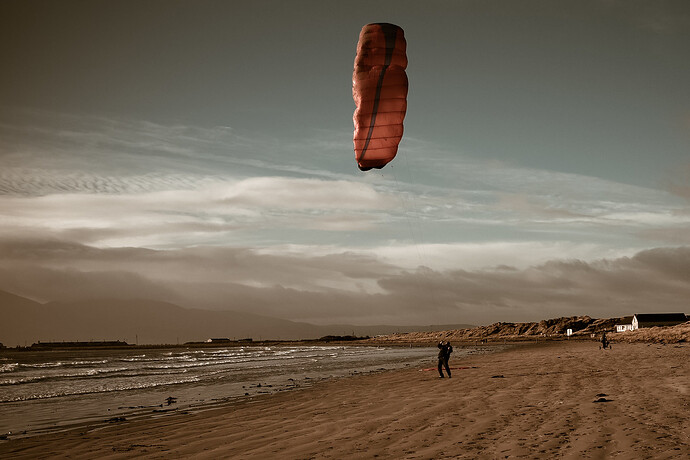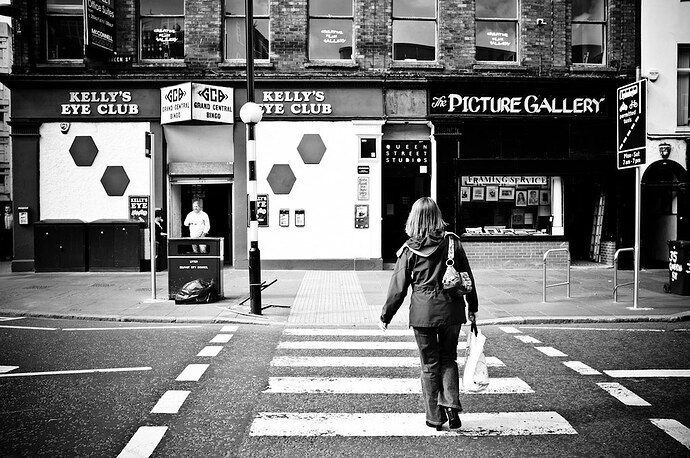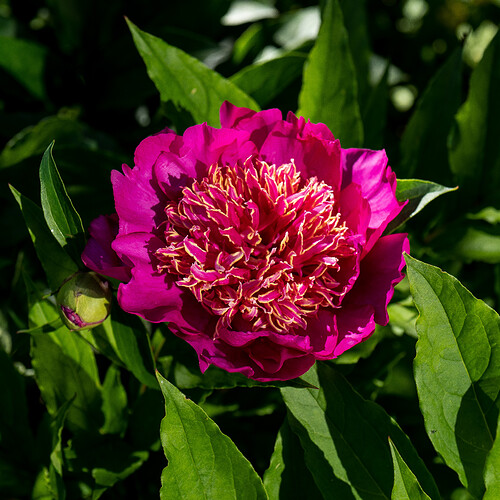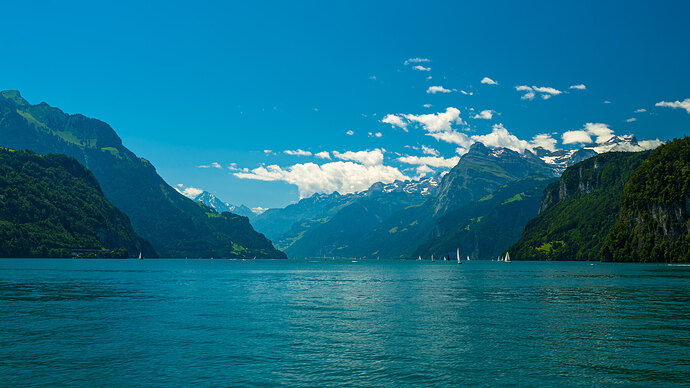Just do it like pasta – use too much water and boil it till it’s done then strain.
These are the best ones afaik but aren’t they pretty pricey? My friend who is Thai has a fancy rice cooker and her rice comes out amazing but not everyone wants to shell out. We have had two Imusa rice cookers and they have been solid, I think they were in the $20-$25 price range. It’s a metal pot with one switch that flips from “cooking” to “warm” when your rice is done, doesn’t get much easier than that, all you need to do is measure things out beforehand but it’s pretty forgiving so you don’t have to be perfect. I’ve had some trouble with brown rice but jasmine and basmati come out good every time. Something like this: IMUSA USA GAU-00013 Electric Nonstick Rice Cooker 8-Cup (Uncooked) 16-Cup (Cooked), White https://www.amazon.com/dp/B0018EA6MY/ref=cm_sw_r_cp_api_i_zIMfFbPFSPKNR
Apparently the lids are prone to shattering, which is actually what happened to our first one, although we probably had it for 10 years before it happened, so if you get one I guess be careful with the lid.
yeah I’ve had a zoji rice cooker for 5 years and its been great. amazon.com/gp/product/B00007J5U7
Got a somewhat similar rice cooker made in japan at Costco for like $90 last year. It’s like my 3rd rice cooker and definitely the best. It’s quite simple but I would recommend it over a $40 cooker with more features and such. Tiger is the brand.
Anyways, I have a small rice cooker that works for my purposes. I’m pretty sure it is a cheap one that I got from an Asian grocery. I generally get 2-3 servings out of it, depending on what I am eating with it. I also cook stuff like farro and quinoa in it.
A rice cooker is pretty basic device. You put in rice and water. It heats the water, which steams the rice. So long as there is water, the temperature is capped. Once all of the water steams off, the temperature rises above boiling, the cooker detects that, and it shuts off. Since this is not complicated, you don’t need a fancy rice cooker. I’m sure there are garbage ones out there, but it’s not hard to make a cheap one.
The simplest rice cookers only have on, off, and maybe a warm setting. Stepping up from that, somewhat more complex models have a different setting for brown rice and other grains, which require a different water/rice ratio. Above that are fancy models that you probably don’t need, as well as multi-function cooker like an Instant Pot (I have a Fagor, which I bought before Instant Pots were a thing), which generally aren’t great at rice.
The best thing about rice cookers are how easy they are. If you eat rice on a regular basis, there’s no danger of messing up. You don’t have to watch the pot to make sure you don’t burn the rice. I feel comfortable starting the rice cooker, leaving home to run some errands, and coming back.
I’m on #teamZojirushi also. It makes perfect rice, but it’s a bit slow. We used to have a cheap one that made rice that was about 90% as good, in about half of the time. It’s not too often that it makes a difference, but sometimes if you don’t plan for the extra time it is annoying.
My semi-fancy rice cooker has a separate “quick” setting, like 20 mins instead of 45. I haven’t noticed any difference in quality. The only semi dicy rice I’ve made was when i didn’t open the cooker until a day later and the rice was perhaps 10% too moist.
I think mine has a quick setting on it, but I’ve never tried it and have never been in the mood to experiment.
Kenji answered a bunch of questions on Twitter.
https://twitter.com/kenjilopezalt/status/1286176792785510401
Got offered a job today. And now with many more hours planned to be spent in front of the computer, looking for a good solid computer chair, 100-300 range
Well, there’s http://www.dpreview.com/ and some others like Ken Rockwell’s site but I’m not sure that’s where you wanna start if you aren’t a photography person. I think I have a pretty good idea where you’re at and that would instantly eliminate a ton of cameras from contention. Can you rate these factors for importance on a 1-5 scale? Would also help to know what you will be shooting (street photography, landscapes, people, etc.).
Image quality
Video quality
Size / portability
Optical zoom
Optical viewfinder
Conversion lenses
I’ll go ahead and give my picks for what I think you want. I dunno your photography knowledge level so please don’t take this as me lecturing you. The class of cameras I’ll cover is referred to as point-and-shoot or compact cameras in the industry.
A point-and-shoot camera, also known as a compact camera and sometimes abbreviated to P&S, is a still camera designed primarily for simple operation. Most use focus free lenses or autofocus for focusing, automatic systems for setting the exposure options, and have flash units built in.
Point-and-shoots are by far the best selling type of separate camera, as distinct from camera phones. They are popular for vernacular photography by people who do not consider themselves photographers but want easy-to-use cameras for snapshots of vacations, parties, reunions and other events.
It’s a category where only a few products are significantly better than your phone due (primarily) to much larger sensors. The lenses should also be significantly better; note that these are all-in-one units, not bodies with interchangeable lenses (although some models have conversion lenses available). If image quality is the most important factor, then consider buying the largest sensor you can afford. If you want more of an all-around camera that shoots good video and has built-in optical zoom then maybe settle for a smaller sensor. I would not go smaller than 1 inch (2.54 Euro inches). These are the common sizes:
Here are my specific picks from the category:
Sony RX100 ($1199 but much less for older models)
This camera has gained a solid following from vloggers for shooting great video in addition to still images. It’s the smallest sensor I could recommend at 1". What you lose in sensor size you gain in video capabilities and optical zoom that stretches up to 200 mm on the Mark VI / VII (at the expense of aperture speed). The newest models also have an electronic viewfinder (EVF). This camera is petite and has an all-metal chassis that feels premium. Easily fits in a bag or purse, possibly your pant or shirt pocket. Slow Zeiss lens that trades aperture for the zoom. I’ve used one but don’t own one. Far more features and nittery items than I can cover here.
Pros: metal chassis, small footprint, good video shooter, optical zoom, EVF
Cons: small sensor, slow lens
Comparable models: Lumix LX100 II, Canon G5X II
They are up to version VII now. Those are expensive, but there are deals to be had on older models that fall in your price range. B&H has the Mark VI open box for $599.
https://www.bhphotovideo.com/c/product/1413824-OREG/sony_dscrx100m6_b_cyber_shot_dsc_rx100_vi_digital.html
BH also has some even older models which don’t have top specs but are cheaper. I dunno which one is supposed to be the very best. Some people say Mark V. You’ll have to research that if you go in the RX100 direction. Some examples:
[credit]
[credit]
Next up…
Ricoh GR III ($899 but check used/open box and the older GR II)
This camera is a diamond in the rough with a cult following. It’s another tiny camera you could fit in a pocket but with a full APS-C sensor! In my opinion, this one takes the most brilliant shots of any affordable compact camera; it can produce images that are razor sharp and stunning. It’s particularly good at both black & white and architectural shots and thus a favorite of street shooters. Cons would be no viewfinder, video, and battery life. It also has a magnesium alloy body that reviewers say has a plasticky feeling finish.
Taken from this gallery.
Pros: APS-C in a tiny chassis, art quality images, razor sharp, black and white, stealthy
Cons: plasticky feel, no viewfinder, bad video, no flash, probably needs color processing to optimize
Comparable models: Fujifilm XF10 ($450). Not many APS-C cameras you can put in a pocket. These are the only two I’m even aware of and I’m not too familiar with the XF10. It seems really stripped down but maybe take a look at it since it’s in your budget:
Moving along…
Fujifilm X100 ($1399 for latest model but less for older models)
Yet another compact(ish) camera with a full APS-C sensor although the footprint is larger than the previous two. See here:
(L to R: Ricoh GR, Fujifilm X100, Sony RX100)
I own an X100–the first model from about 10 years ago. It’s not a pocket camera but is easy to throw in a bag. Has the vintage look, solid metal chassis with premium feel, buttery analog controls, and hybrid viewfinder. I got this over the GR because I felt like it was a better overall device, although I still think the GR produces slightly better images. Focal length is 35mm which is classic but maybe a hair too narrow for landscape and street yet too wide for portrait. It’s a compromise that can be bumped either up or down with the wide angle or tele conversion lenses. The X100 looks a bit softer to me with better color rendering out of the box on JPEG but doesn’t have the striking sharpness of the GR. I am not a photographer but here are some shots I’ve done with very minimal post-processing:
(Forest floor with no processing.)
(Mechanism from a vintage clock with no processing.)
Let’s instead look at people who actually know what they’re doing:
Those are from this guy who ranks very highly on Google for X100 galleries for some reason.
Here is another gallery with some great shots. Note that it totally looks like a dad camera but is deceptively powerful and capable of snapping killer shots. In addition to Dad Camera Silver you can get it in Sexy Mofo Black as well.
I think the current version is the X100V which is $1399. That is pricey and you should be able to find an older molder in excellent condition from a reputable camera store. The original probably goes for about $250-$350 now but I would recommend a newer one if you are buying today. Keep in mind that accessories are Robin to a camera’s Batman: I have a leather case, extra batteries and charger, SD cards, a tele conversion lens, a bag, and some filters. You would also have to learn some post-processing to get anything like the photos directly above but you can do it with free software.
Pros: metal chassis, construction quality, tactile physical controls, APS-C sensor, great coloring
Cons: price, not pocketable, not ideal for video
Comparable models: Canon G1 X Mark III
.
.
.
Now for the crème de la crème of point-and-shoots:
.
.
.
Leica Q2
The Leica Q2 is a fixed-lens compact camera with a full-frame 47-megapixel sensor, a rangefinder-style electronic viewfinder, weather-sealed body, and a price tag that’ll make your wallet run and hide. It’s $5,000.
Oh but it’s a glorious piece of German engineering.
[credit]
[credit]
[credit]
I am no expert in chairs but can recommend a used Herman Miller Aeron from a reputable seller. Bought one off eBay in April and loving it. Outside your range but it should be worth the extra $. Mine was $339+$100 shipping, looks like the price has gone up closer to the $500 range in the past couple months with covid. If you spend some time looking for a deal, you may be able to get closer to your range.
I’ve dealt with neck pain and have trouble sitting sometimes for long periods, this chair has been a godsend.
I have some Herman Miller stuff and it’s ridiculously overpriced if not cool as fuck and well made. But I see no reason why the Aeron isn’t just another one of their stupidly overpriced commodities. Like surely someone is doing a very similar chair for a fraction of the price?
Retail for an Aeron is around $1350. Used for $400-500 is the move. At that price point, I highly doubt you’re going to find anything comparable for too much cheaper (certainly not a fraction of the cost). But if your cap is $200-$300, there are some decent options but personally I’m shelling out a bit more given the sheer # hours I spend in the chair.
Edit to add:
Here’s an example of an Aeron knockoff for $300 I came across the other day. Similar comments there to mine, that you might as well get a used Aeron at that price point.
Grunching
I think the word you’re looking for is splooge
If quality is that important then you definitely want APS-C (or full frame if you’re a baller). Check for reputable camera shops near you or that ship to Euroland cheap because cameras do not hold value well. Can usually find something in excellent condition for half or less of latest model brand new price. I got a used lens from some place in Europe for 1/3rd price of new including shipping to USA#1. Avoid eBay scammers and the like.
I am looking for first aid courses that I can do online. Anxiety means I don’t react very quickly of effectively in emergency situations so my best option to improve is probably just drilling an online first aid course regularly.
redcross.org has a bunch of courses that can be done online that generally cost $USD35.
This site also came up in a search: https://www.firstaidforfree.com/
Not sure if anyone else has been through any online courses and can recommend one that is well done. I don’t need a certification out of it if that makes any difference.
If you want it just for your own knowledge just watch YouTube.
If you have a moment, can you give your input on this deal:
The broken laptop officially broke and NBA starts in two days :(
